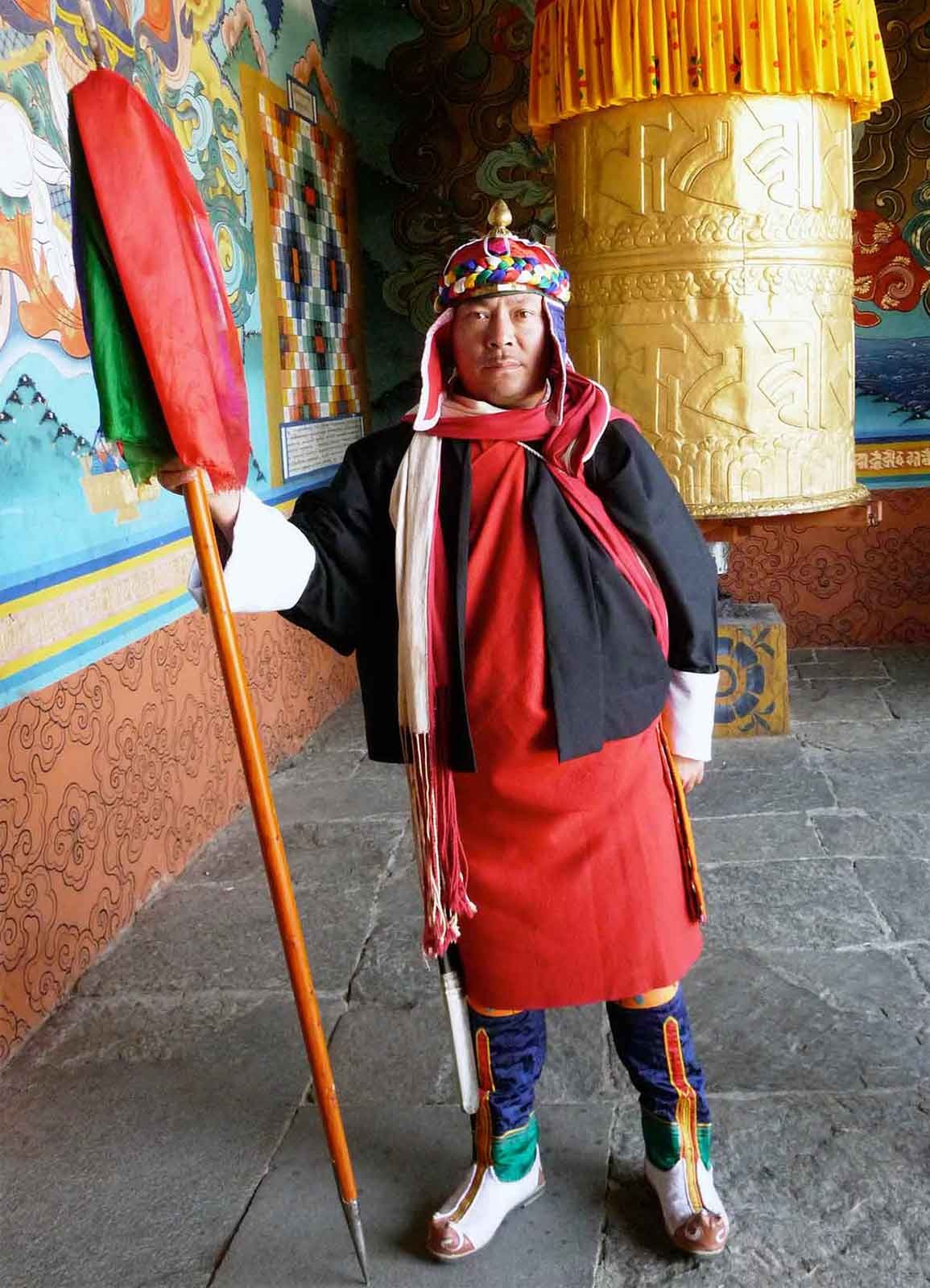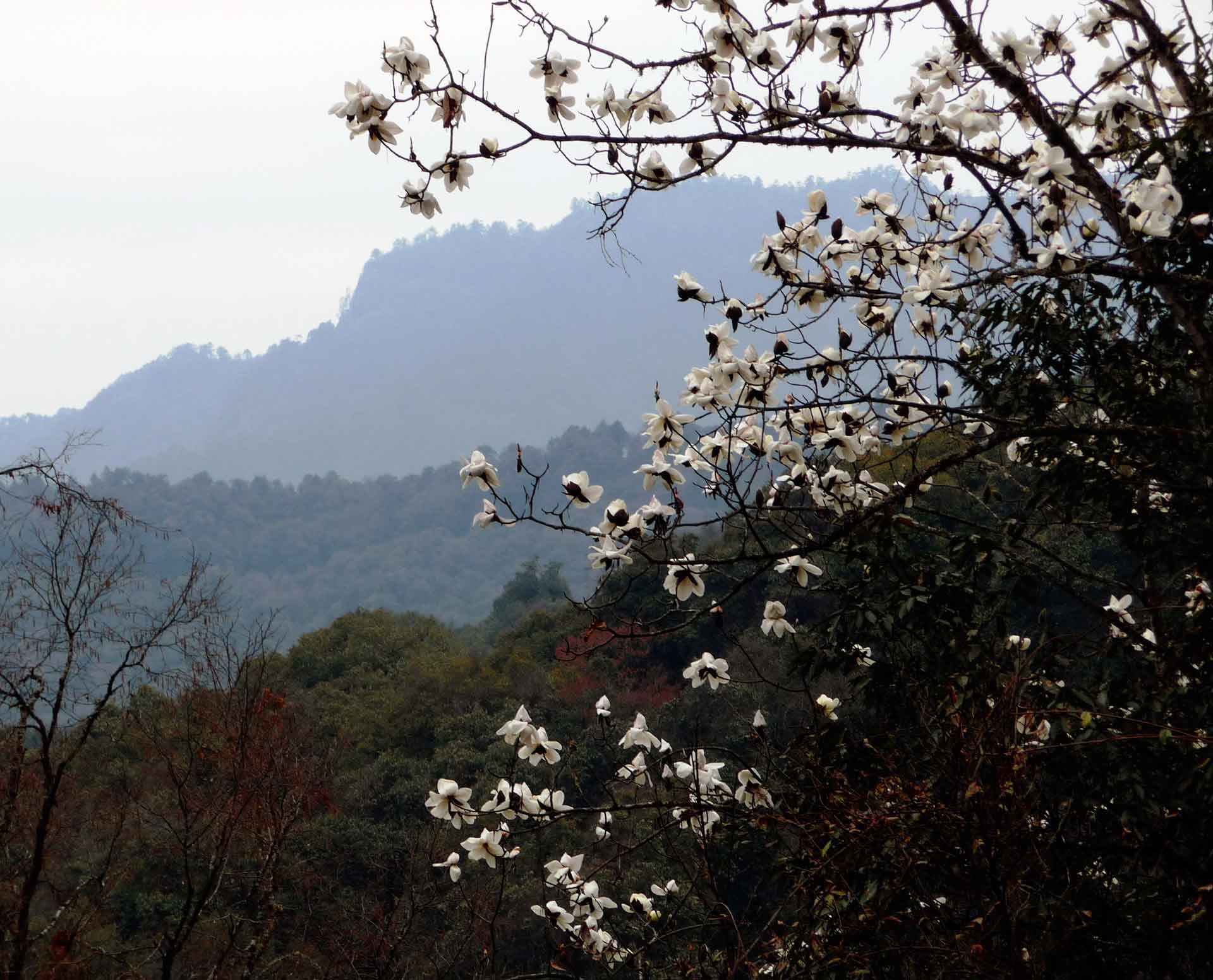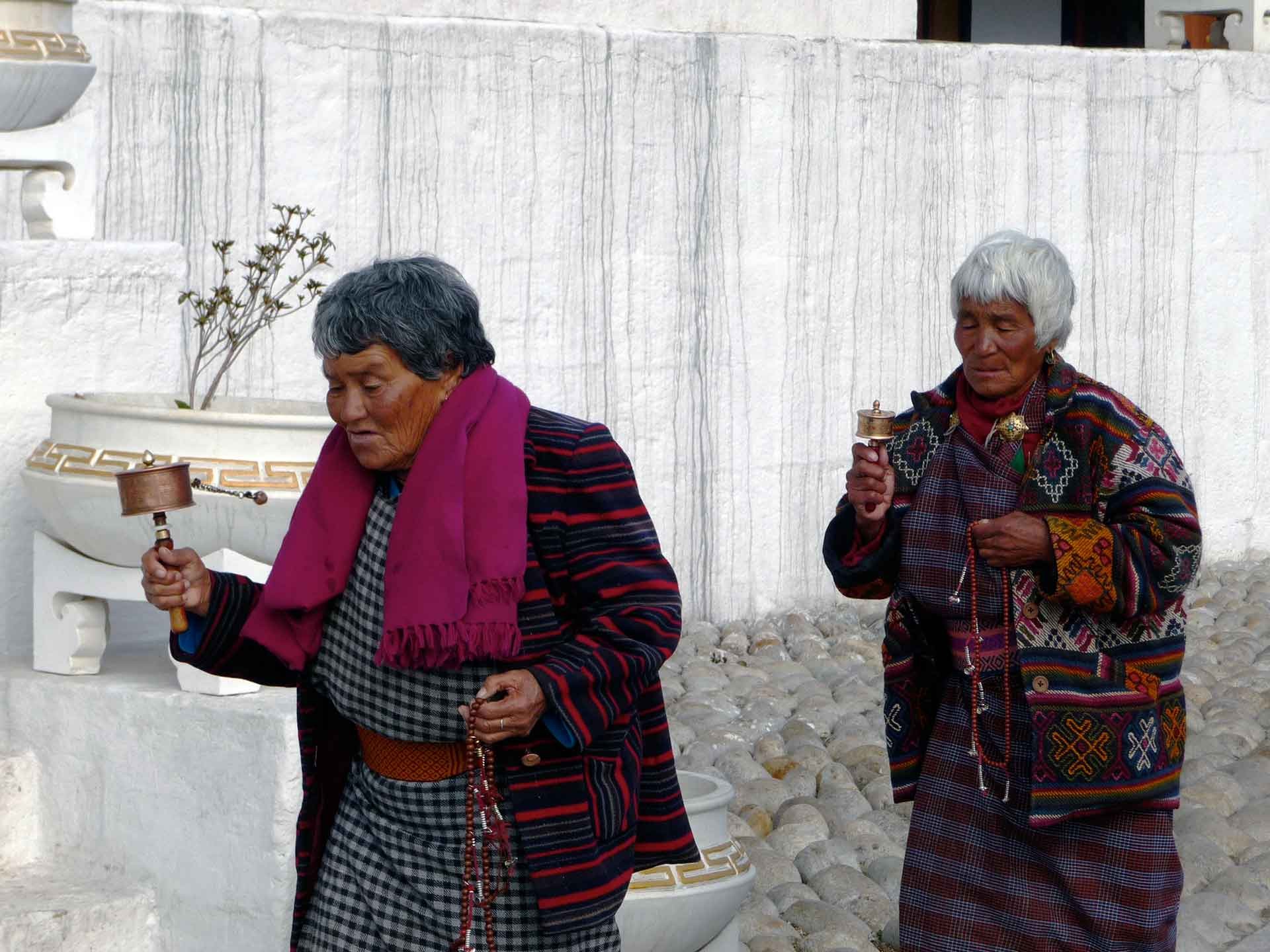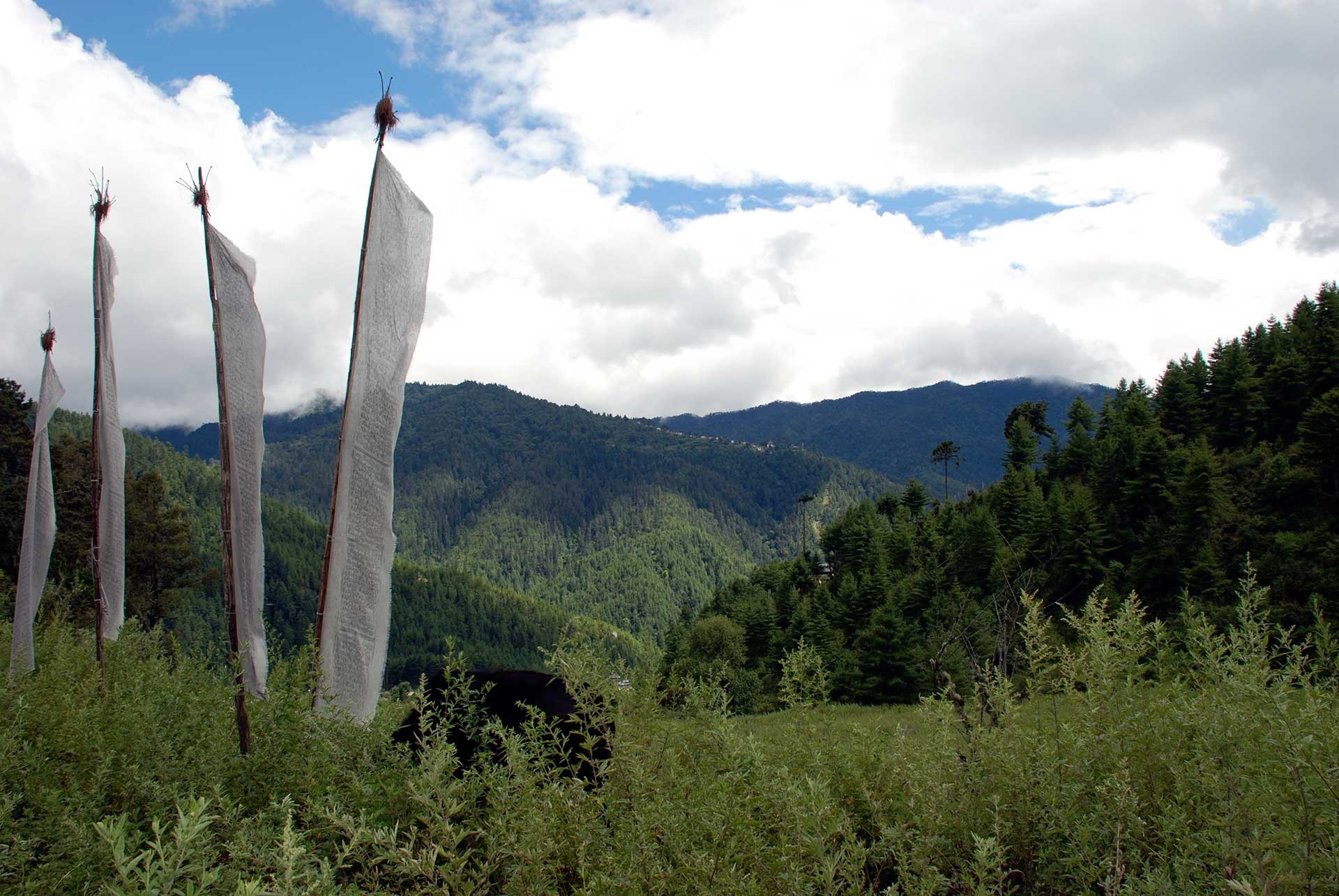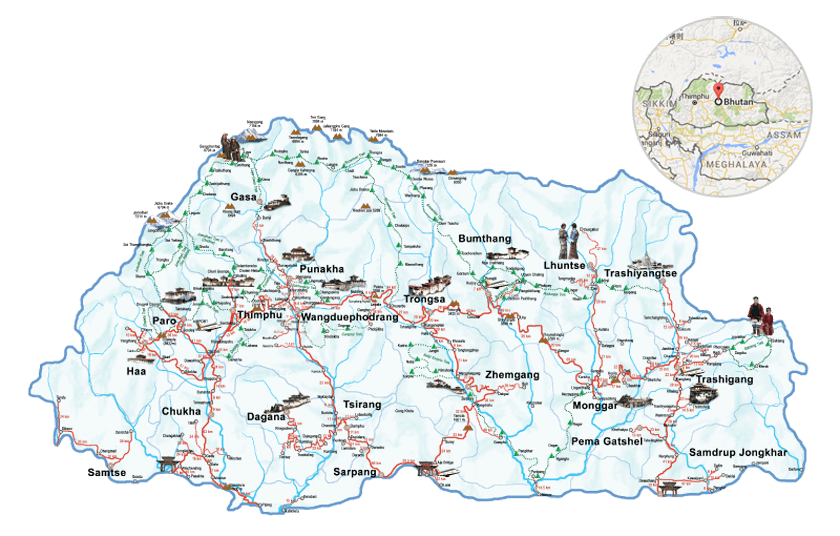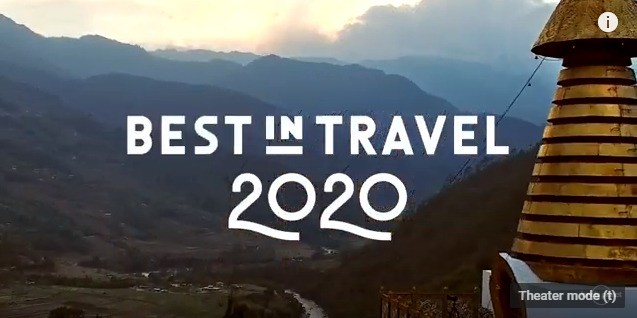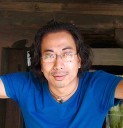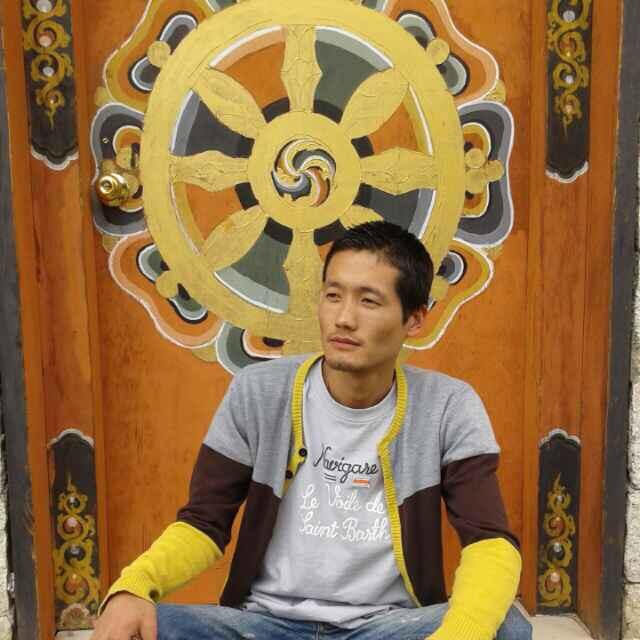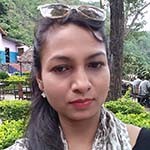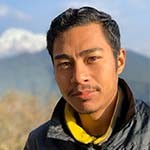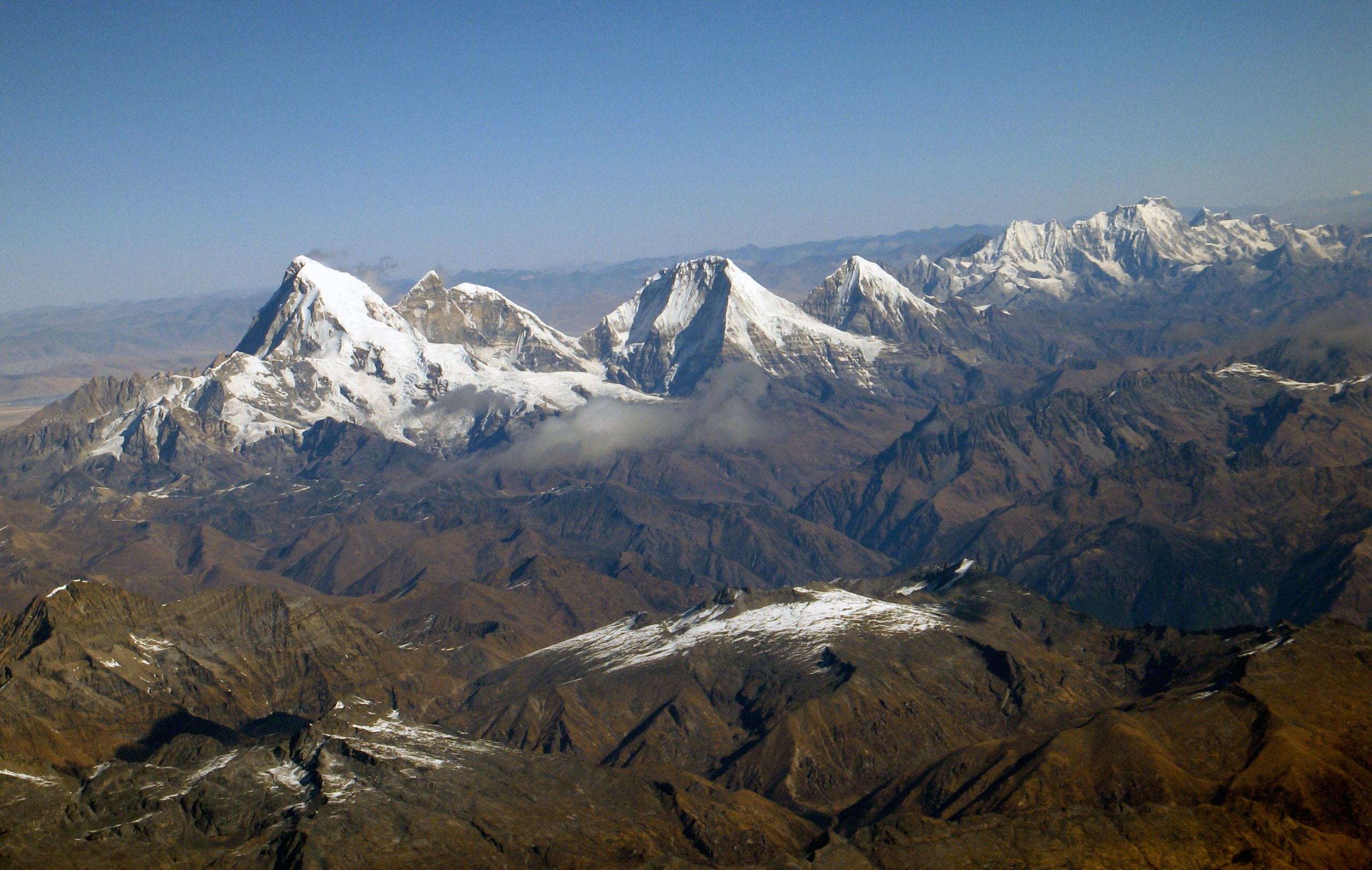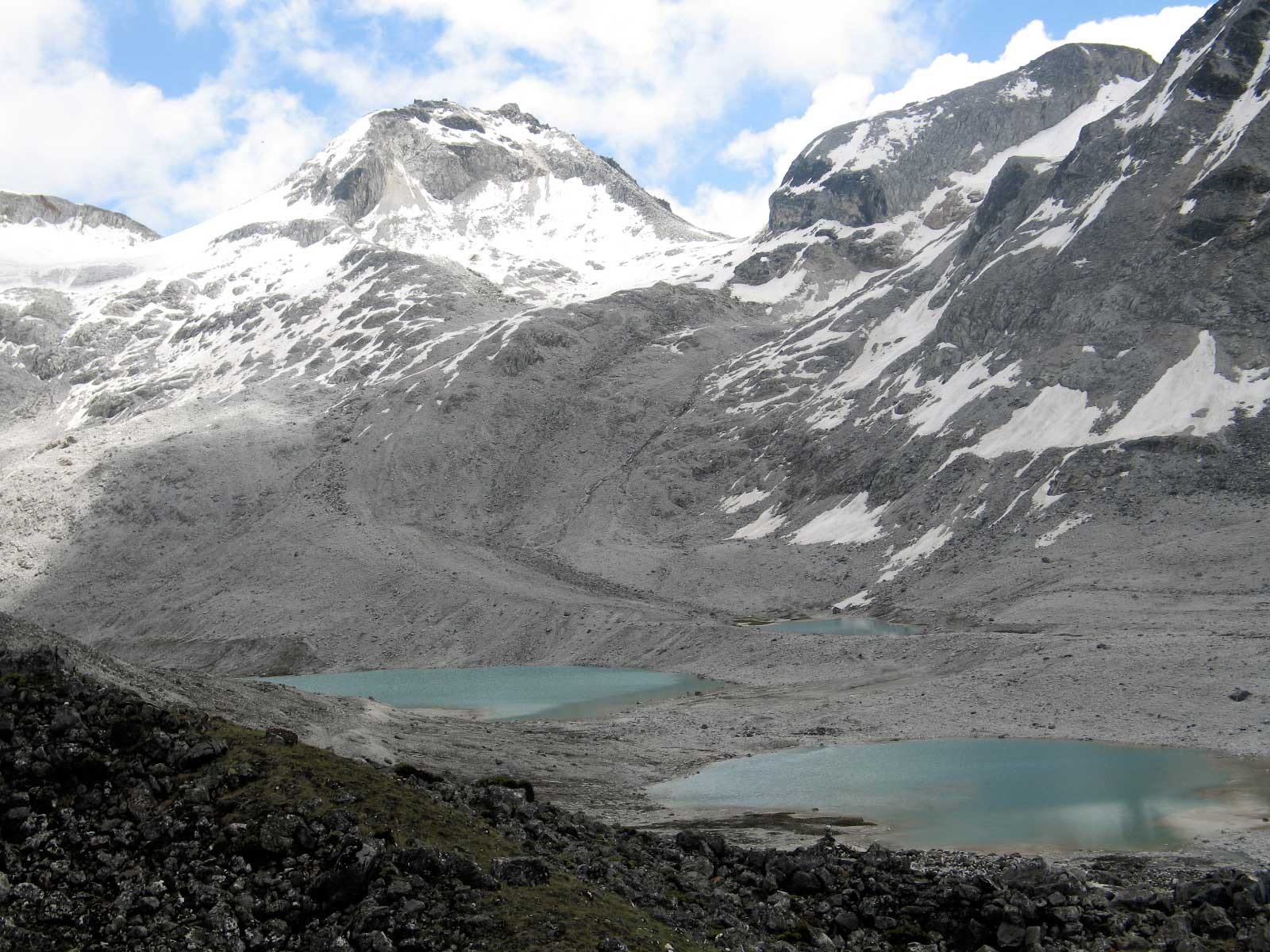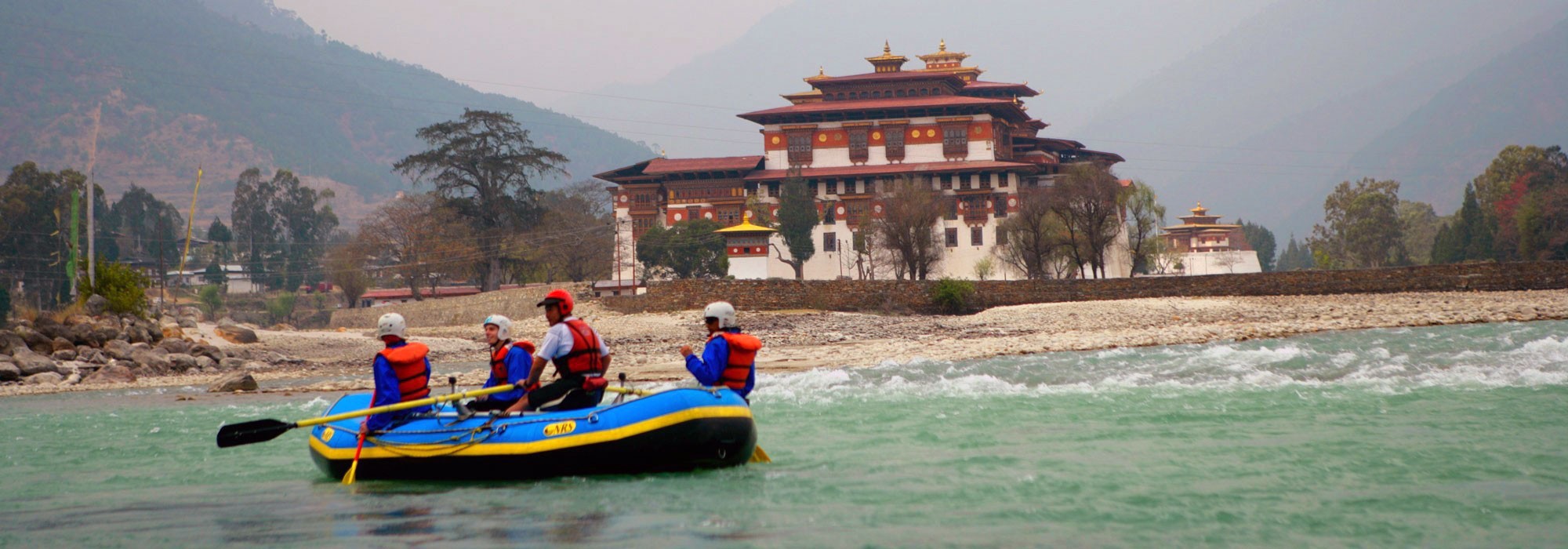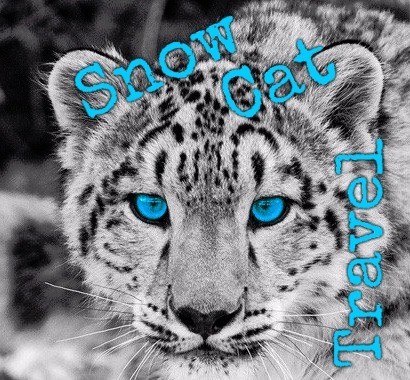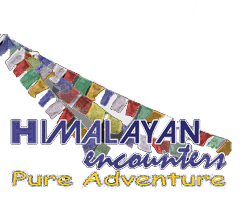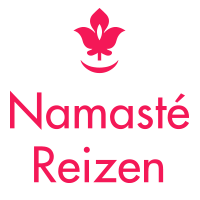Day 8: Thimphu to Punakha
Drive to Punakha (2 ½ hours) over the Dochu La pass at 3,000 m. If we are lucky with the weather, we can see the entire Bhutanese Himalayas from this pass; east of Jhomolhari to Gangkhar Puensum.
Punakha was the capital of Bhutan until the 1950s. Today, the central monk body moves to Punakha in the winter when it gets too cold in Thimphu. With a climate almost tropical in the summer, the valley is blessed with an abundance of fruits and rice. After lunch we will visit the magnificent Punakha Dzong which without doubt showcases the finest example of Bhutanese arts and crafts. After the Dzong, we will go on a short drive in the lush upper Punakha valley and hike for 45 minutes to the beautiful chorten temple of Khamsum Yuley on a hill.
- Overnight in Hotel, Punakha. 80 km, 2½ h driving
